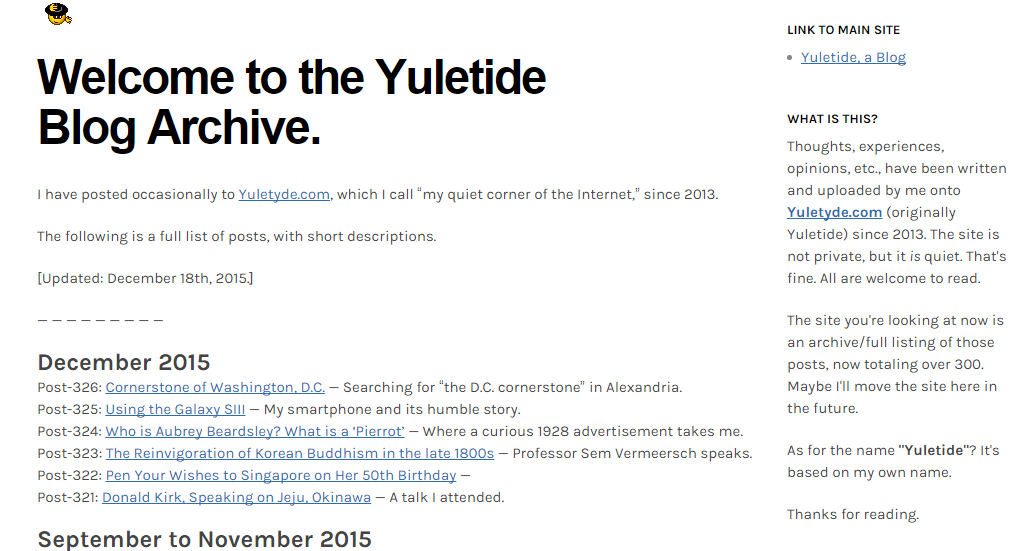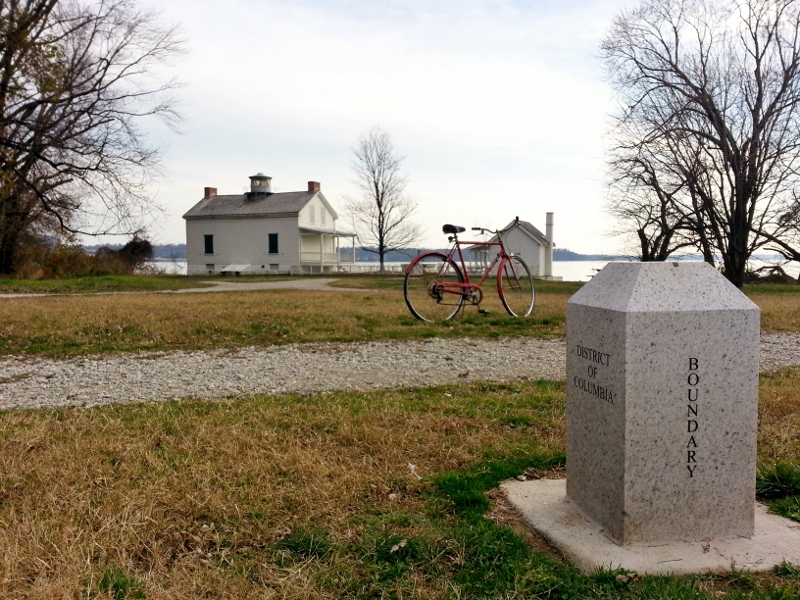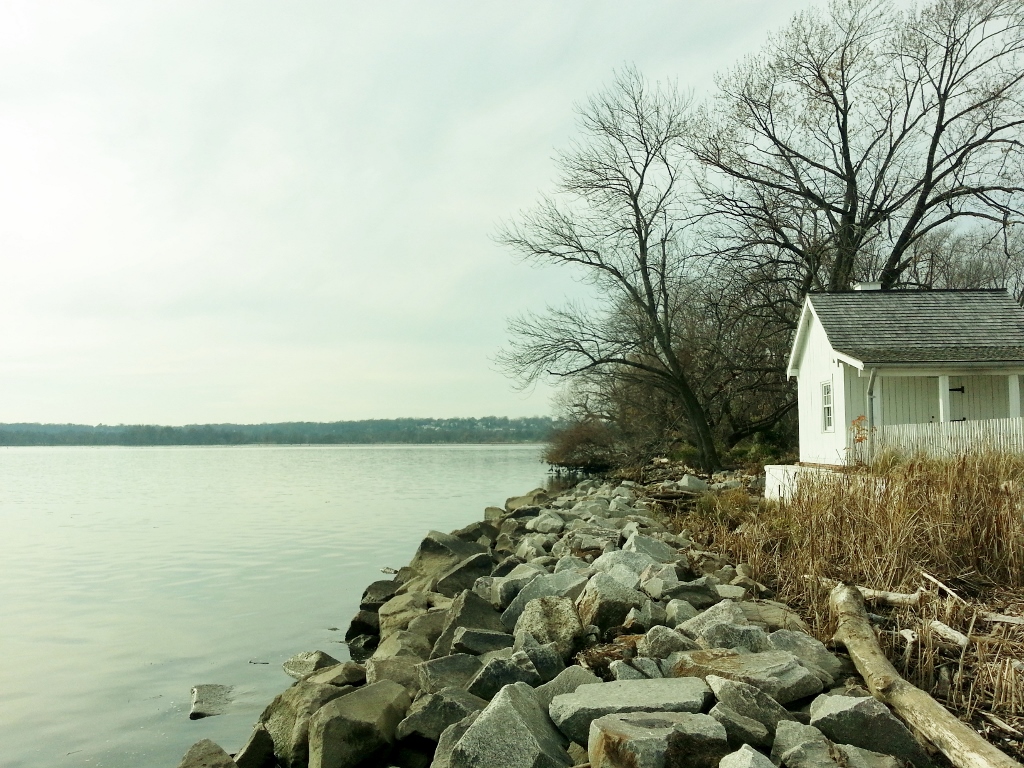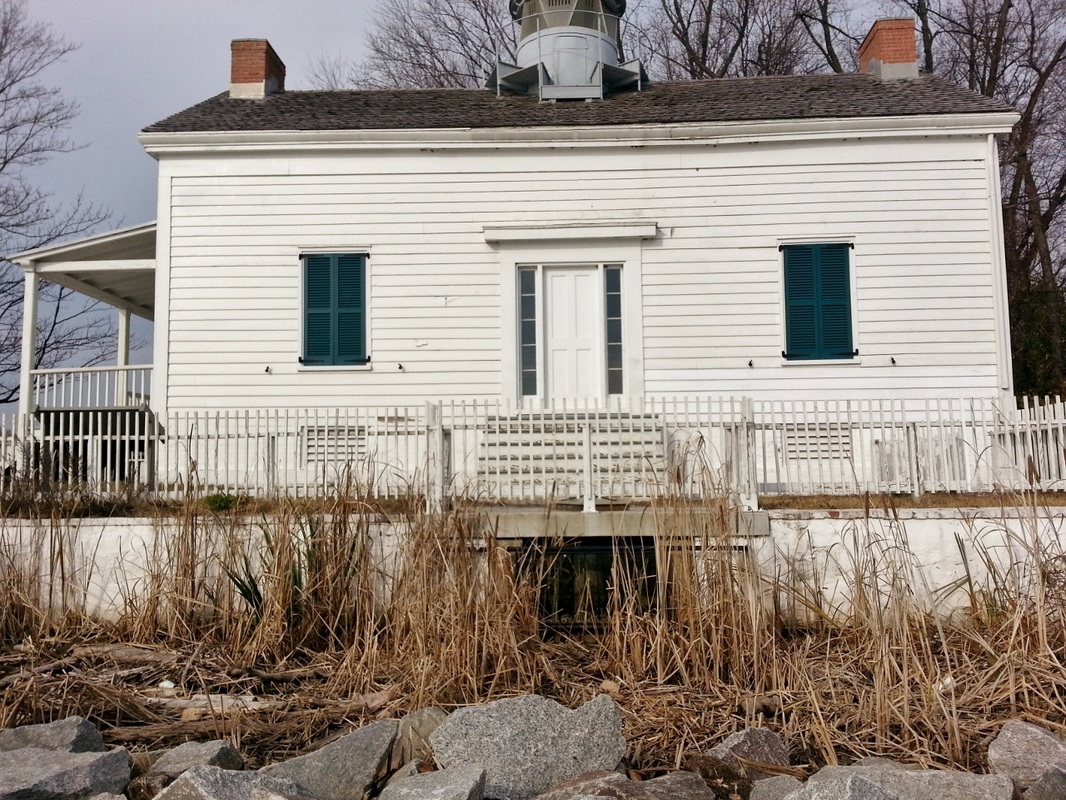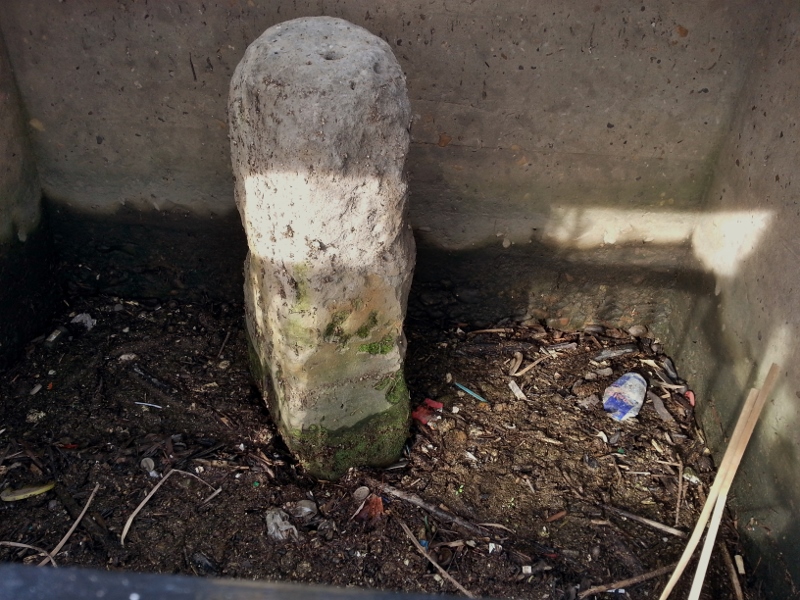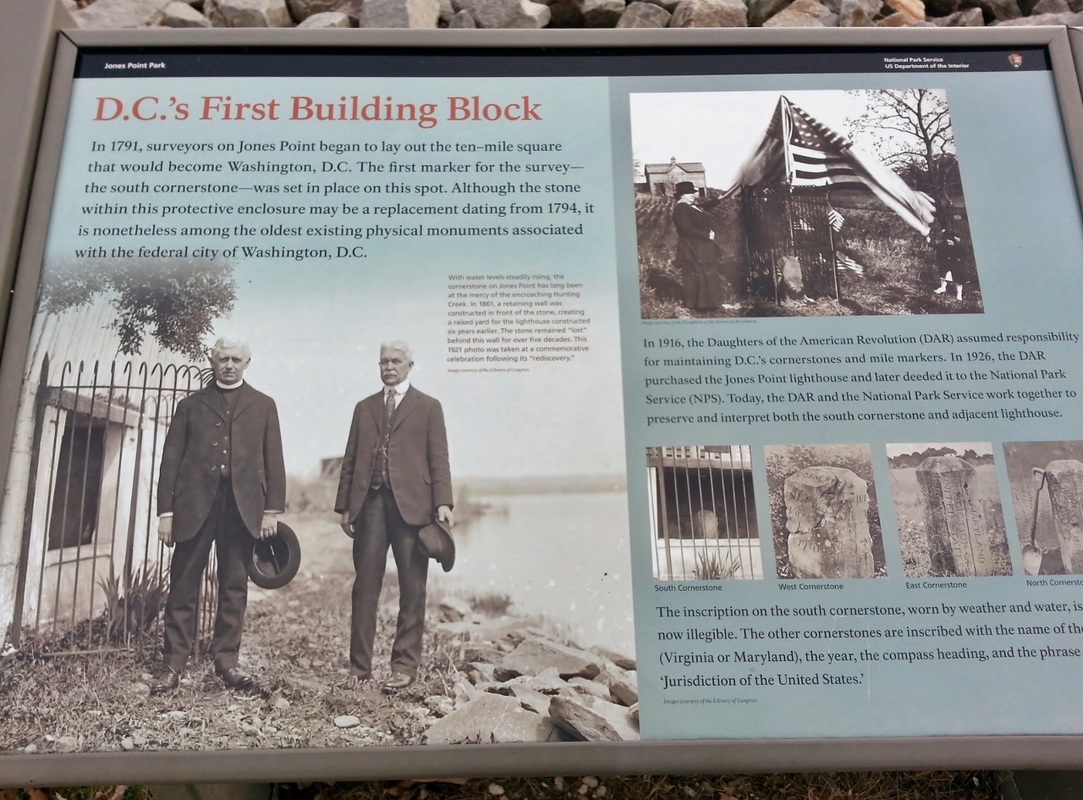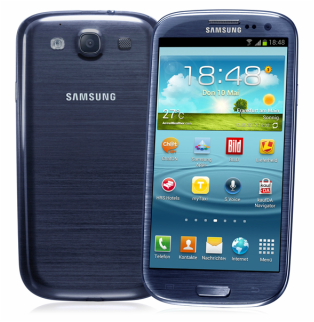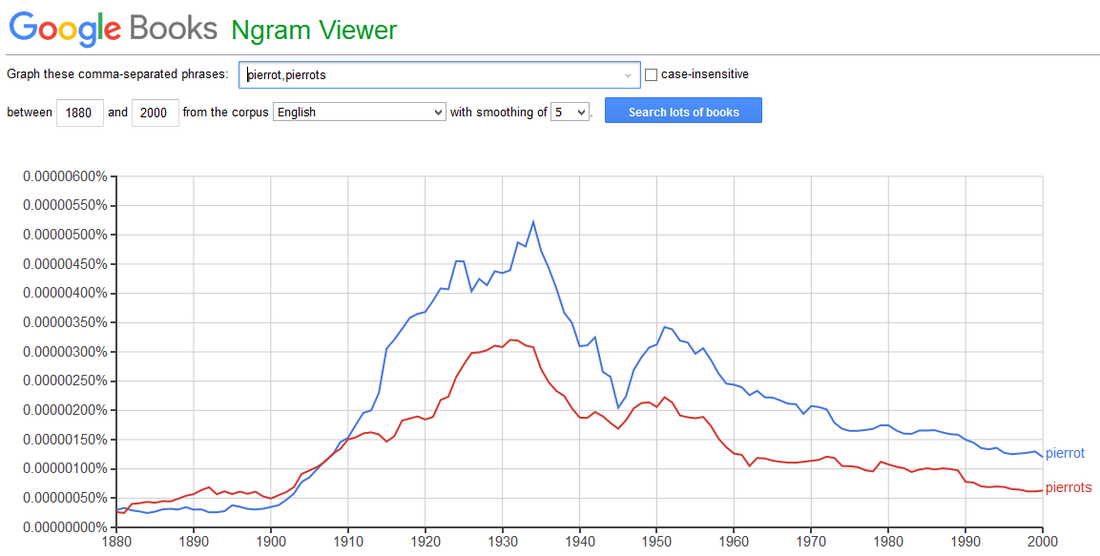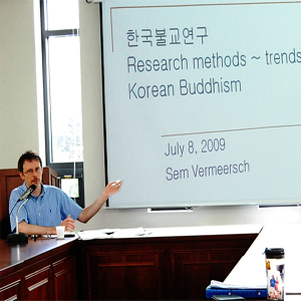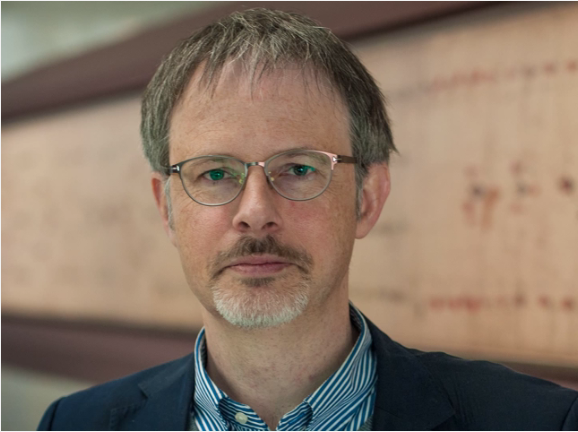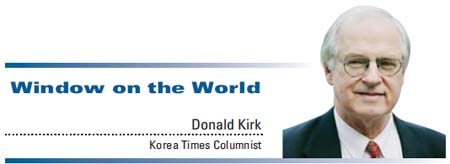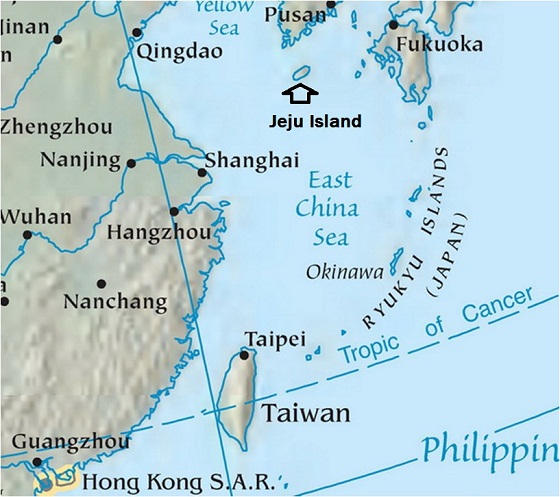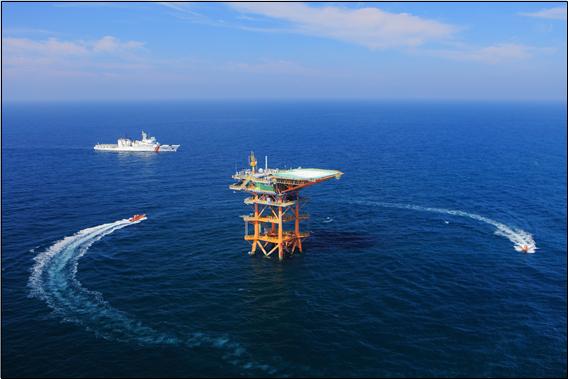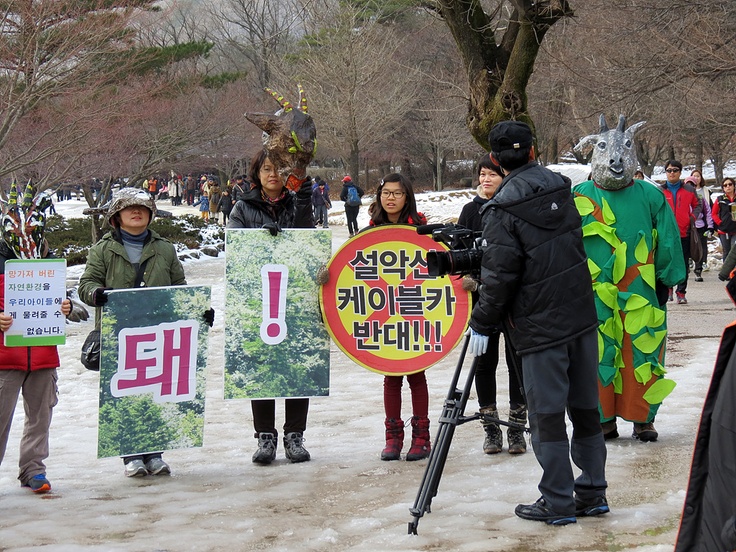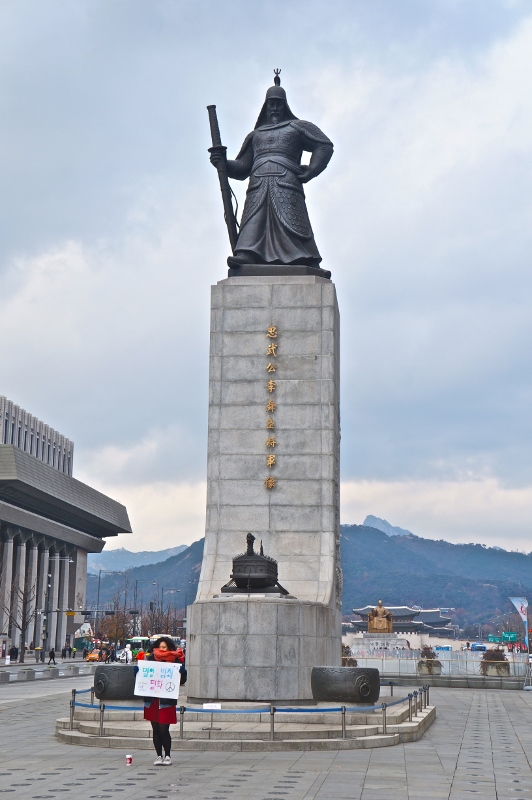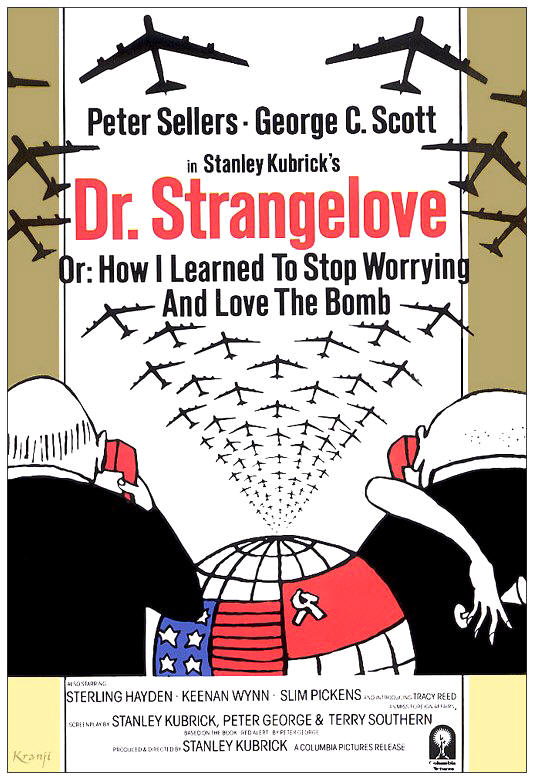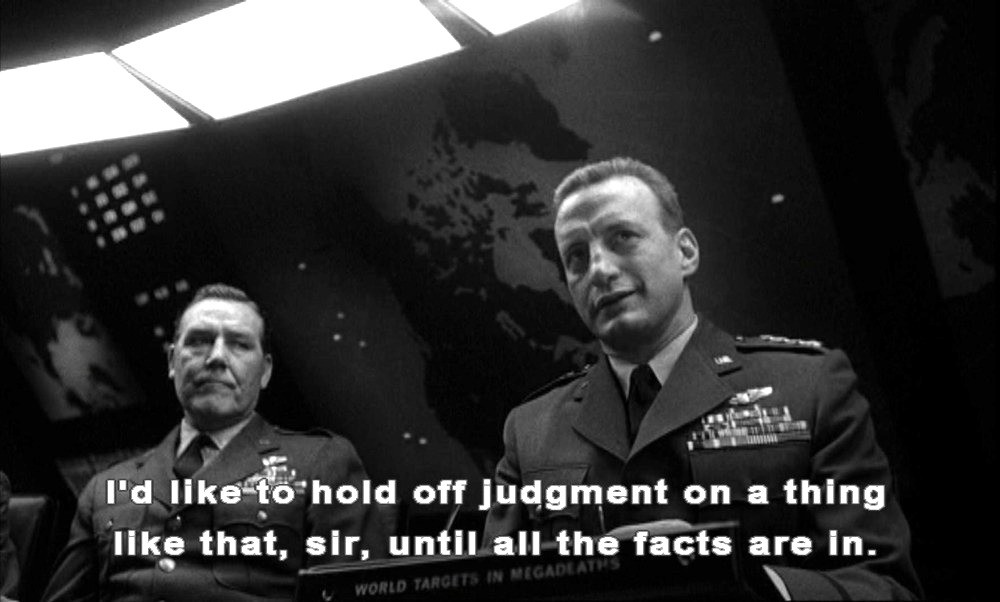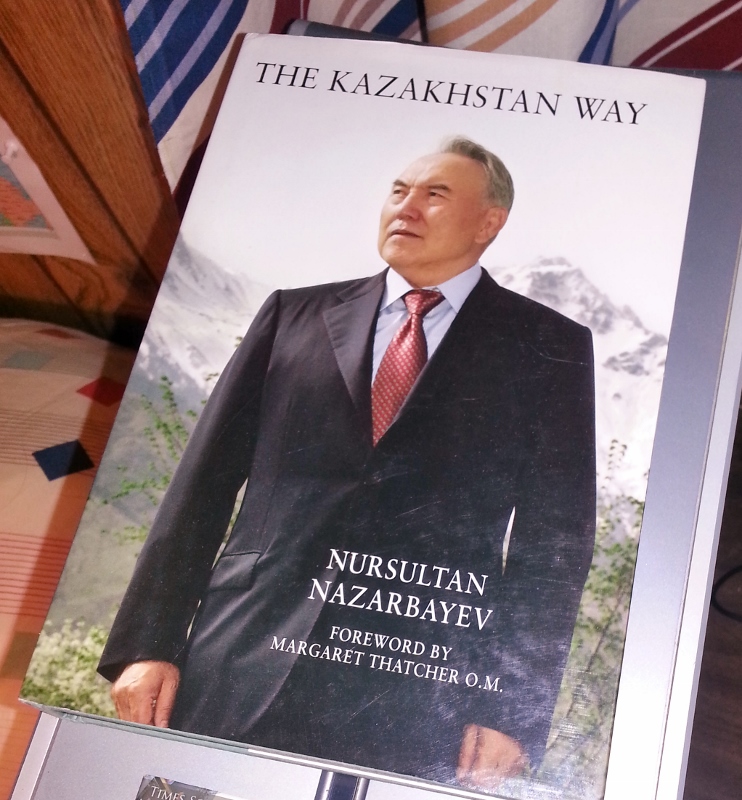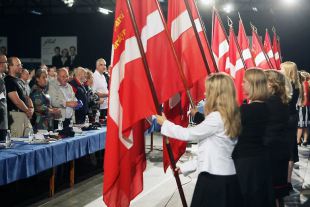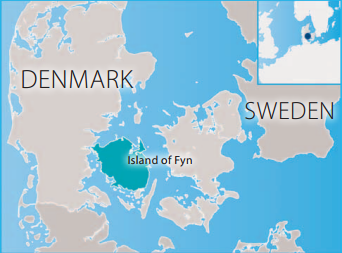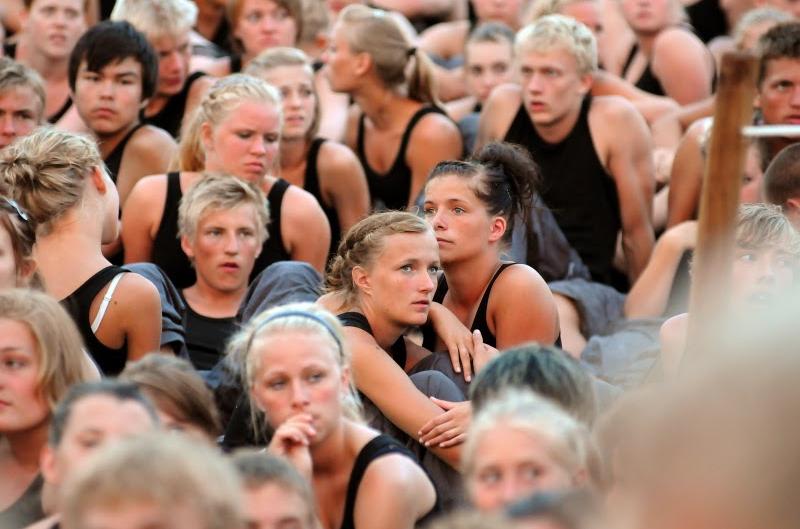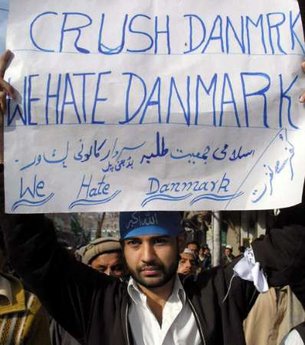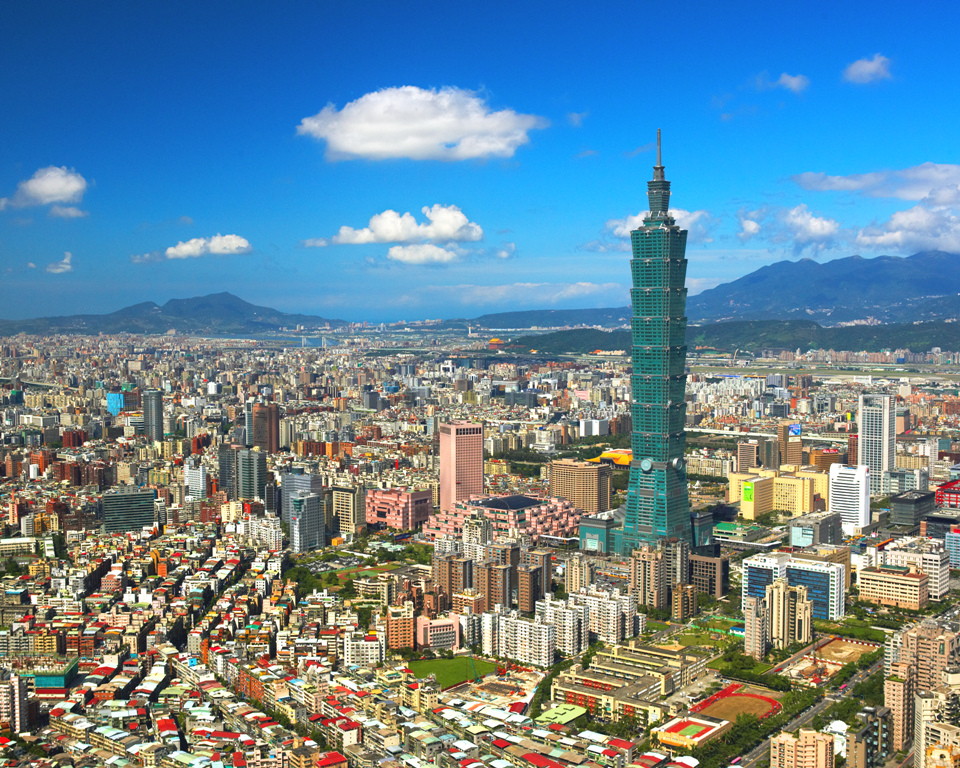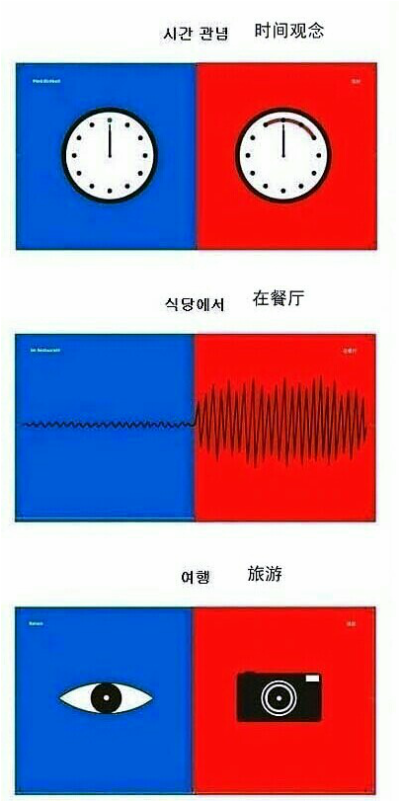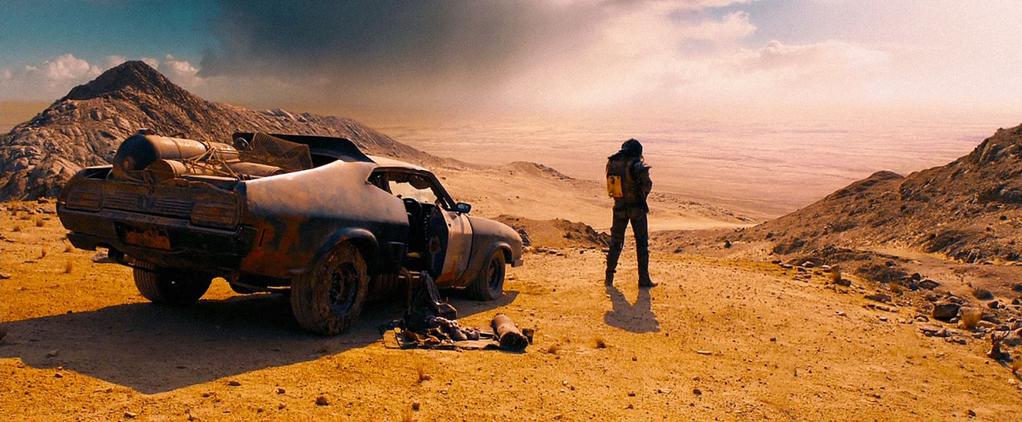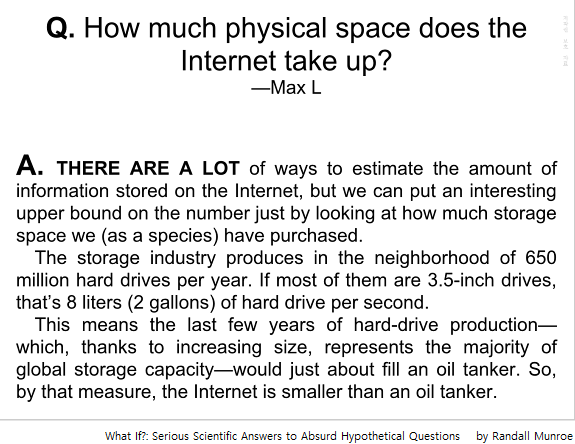Who likes an angry, recalcitrant ideologue? Nobody. That’s who.
Ideology can blind good judgement, for one thing. This is the case with a list of “best to worst presidents” put out by a prominent libertarian, Dr. Ivan Eland. The worst four presidents according to him:
The very worst: James Polk
The 2nd worst: William McKinley
The 3rd worst: Harry Truman
The 4th worst: Woodrow Wilson
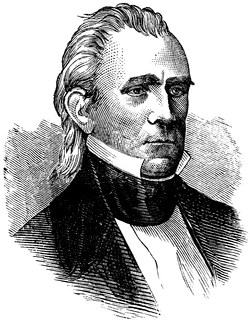
James K. Polk (1845-1849)
|
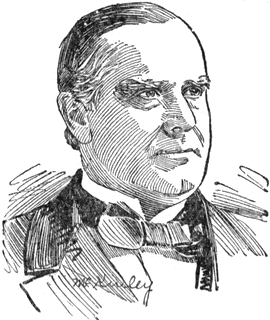
William McKinley (1897-1901)
|
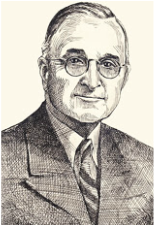
Harry Truman (1945-1953)
|
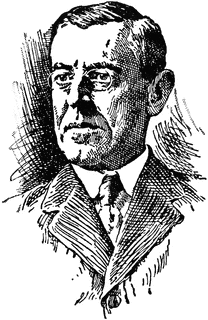
Woodrow Wilson (1913-1921)
|
The author is a “Senior Fellow and Director of the Center on Peace & Liberty at The Independent Institute.” He is prominent enough to be often invited on U.S. television news debate shows.
I disagree with his analysis and I have to wonder if he is even arguing in good faith from these bizarre choices.
His methodology severely penalizes involvement in war of any sort, as we see in his full explanation:
In Recarving Rushmore [Dr. Eland’s book], the four worst presidents — falling below both Obama and George W. Bush — were in rank order: James Polk, William McKinley, Harry Truman, and Woodrow Wilson.
James Madison was correct that war is the primary cause of big government in American and world history. War creates a national security state, greater government intervention in domestic society and the economy, and promotes the state’s erosion of cherished civil liberties.
What these four presidents have in common is that they led the country into needless wars that changed America for the worst [sic].
James Polk purposefully started a war with a weak state, Mexico, to steal a third of its land and, in doing so, aggravated regional tensions that eventually led to America’s most searing and cataclysmic war — the Civil War.
William McKinley undertook the Spanish-American War to launch the United States, which had revolted against the British Empire, into its own imperial role by acquiring colonies and beginning the long, interrupted trajectory toward America as an interventionist superpower.
Harry Truman converted a local war in Greece into an expensive worldwide Cold War against the Soviet Union, which began with a stalemated hot war in non-strategic Korea that led to the creation of the national security state, the imperial presidency, and the shelving of the traditional requirement that the American people, rather than its leader, would decide if war was needed.
Finally, Woodrow Wilson, ignoring America’s tradition of staying out of Europe’s wars, took the nation into World War I, which laid the seeds for the Bolshevik Revolution, Hitler’s rise, World War II, and the Cold War.
On Polk: He annexed Texas and won the entire American Southwest out to California. Far from being the very worst president, I think he’s one of the best of the “low name recognition” presidents. Would Dr. Eland prefer the USA to have never risen to continental power status? Perhaps the entirety of European settlement of North America was a bad idea from the beginning? With people like Ivan Eland at the helm, history would never move. Or, more likely, it would still move, but it would be moved by a more assertive people with a sense of its own destiny, and the Elands of the world would be swept aside, quickly forgotten.
On Wilson: If only all the belligerents had avoided the pointless nightmare of the 1914-1918 war entirely… But they didn’t. I have heard many serious people argue that a German victory would’ve been the preferable outcome of the 1914-1918 war, and this seems to be directly implied in the article, saying Wilson should’ve stayed out. A victorious Imperial Germany would not have tolerated a Marxist Russia, would’ve crushed the Bolsheviks while they were still able to be crushed, and likewise would’ve suppressed Marxist uprisings everywhere. No need for radical fascist movements of the 1920s and 1930s to resist radical Marxism. No Danzig problem, no Marxist states in Europe, no World War II, not anything like we knew it. (On the other hand, the old aristocratic regimes of Europe and the Ottoman Empire did need to be swept away, and were by that war.)
On Truman. The USA suddenly found itself a world superpower in the 1940s, mostly unwillingly and unwittingly. There were a lot of rather brilliant men in the U.S. government at the time, the late 1940s. No “general war” against Communism ever occurred. International institutions were set up that last to this day. Was Truman wrong to intervene in Korea? Maybe. I have to reluctantly say that I think so. Once the commitment came, the USA couldn’t get out of it. Propping up South Korea was very expensive over the years, and I am not sure it has ever served a real U.S. interest.
The
best presidents according to the same author: (1) Tyler, (2) Harding, (3) Hoover.
This is just foolishness. These guys were not the three best. Come on.

